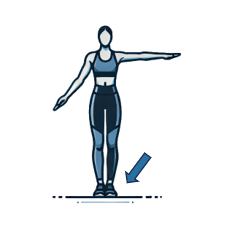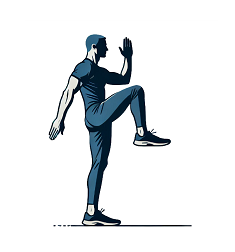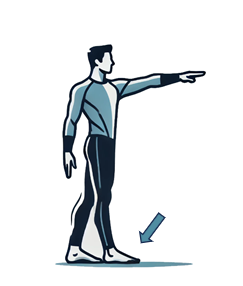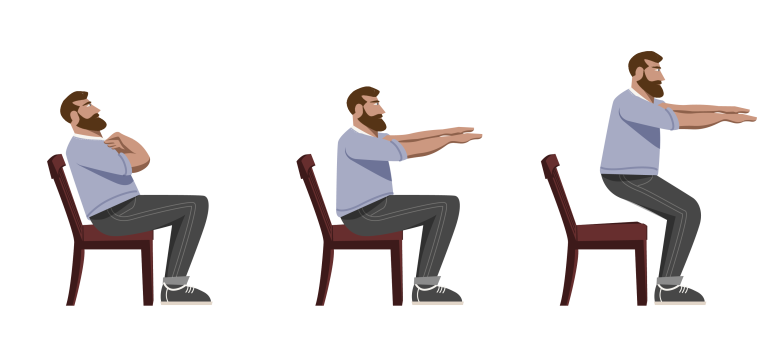
You Can Bring Your Youthful Balance Back (and Extend Your Life) Without Really Trying!
Why Balance Matters
Remember when nothing was better than climbing to the top of a jungle gym or pretending a curb was a tightrope? Remember when you didn’t even hesitate to climb up to change a ceiling light bulb or hang holiday decorations? For many of us, those are distant memories that have slipped away along with our sense of balance.
Many adults report that as they get older, they are increasingly developing a fear of heights, which, in fact, is less about height and more about losing our sense of balance. Balance is one of those abilities we take for granted until it starts slipping away, and spoiler alert: it is and will continue if we don’t do something to turn things around (don’t get dizzy!).
The good news is that we can turn our balance clocks back while going about our normal routine. All you really need is some motivation.
The Facts About Balance and Aging
As we age, our balance naturally declines. Around age 35-40, unless you are a skier, dancer, gymnast, or professional tightrope walker, your sense of balance starts to waver. By the time we hit 65, one in three adults experiences a fall each year—and falls are a leading cause of injury among older adults. It’s not just about the occasional stumble; poor balance can lead to serious issues like fractures, hospital stays, and reduced mobility.
But you can absolutely fight back! Balance isn’t a one-and-done skill; it’s a use-it-or-lose-it situation. The more you engage those balance muscles and systems, the stronger they stay. Even as we age, we can keep our balance skills young.
Why Balance is So Important
Balance isn’t just about staying upright (though that’s a big perk). It also impacts:
- Your Mobility: Good balance means you can move confidently, whether you’re navigating a crowded party or tackling uneven hiking trails.
- Your Reaction Time: Strong balance helps you recover quickly when you trip or misstep—turning a potential fall into a graceful “I meant to do that” save.
- Your Strength: Balance exercises engage your core, legs, and stabilizing muscles, improving overall strength and coordination.
- Your Independence: Staying steady on your feet lets you stay active, independent, and engaged in the activities you love.
- Your Longevity: Studies show that people with poor balance skills have a higher mortality rate from all causes (not just falls) than those with better balance.
Find Your Balance Fountain of Youth While Going About Your Day
The best way to roll back the balance clock is to simply incorporate balance exercises into your everyday activities. Once you get used to these exercises, you can up your balance game by adding some focused variations in (literally) a few minutes a day. Meredith Nothel, a physical therapist and Clinic Director at New York’s Spear Physical Therapy, suggests three standing exercises you can do any time that will go a long way towards upping your balance game:
Narrow Base of Support

Single Leg Balance

Tandem Stance

Sit to Stand

What You Gain from Better Balance
- Prevent Falls: A no-brainer, but worth saying—better balance equals fewer falls.
- Boost Confidence: Knowing you won’t topple over when reaching for something on the top shelf can be surprisingly empowering.
- Enhance Athletic Performance: Whether you’re a tennis player, a yogi, or just a dedicated dog walker, balance helps you perform better and reduces injury risk.
- Feel Younger: There’s something undeniably youthful about moving with grace and ease—two things balance training can help you reclaim.